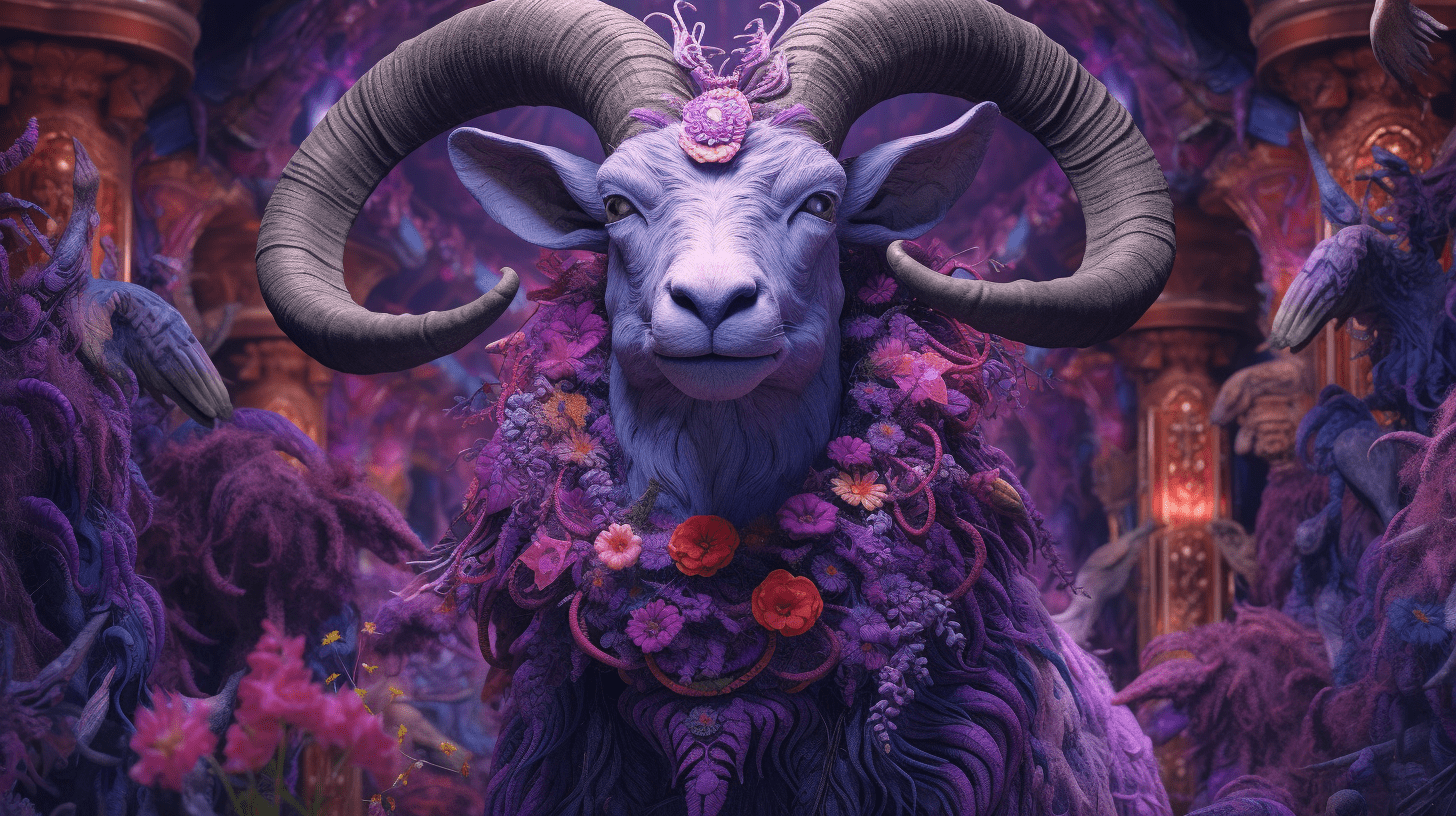The rise of Non-Fungible Tokens (NFTs) has had a profound effect on the art and collectibles market. It’s an unprecedented era where creators, regardless of their level of technical prowess, can generate NFTs to monetize their creations, thanks to a variety of easy-to-use platforms. But what does this development mean for the broader art and collectibles market? This is the question we explore in this article, delving into how NFT generation is changing the game in unique and exciting ways.
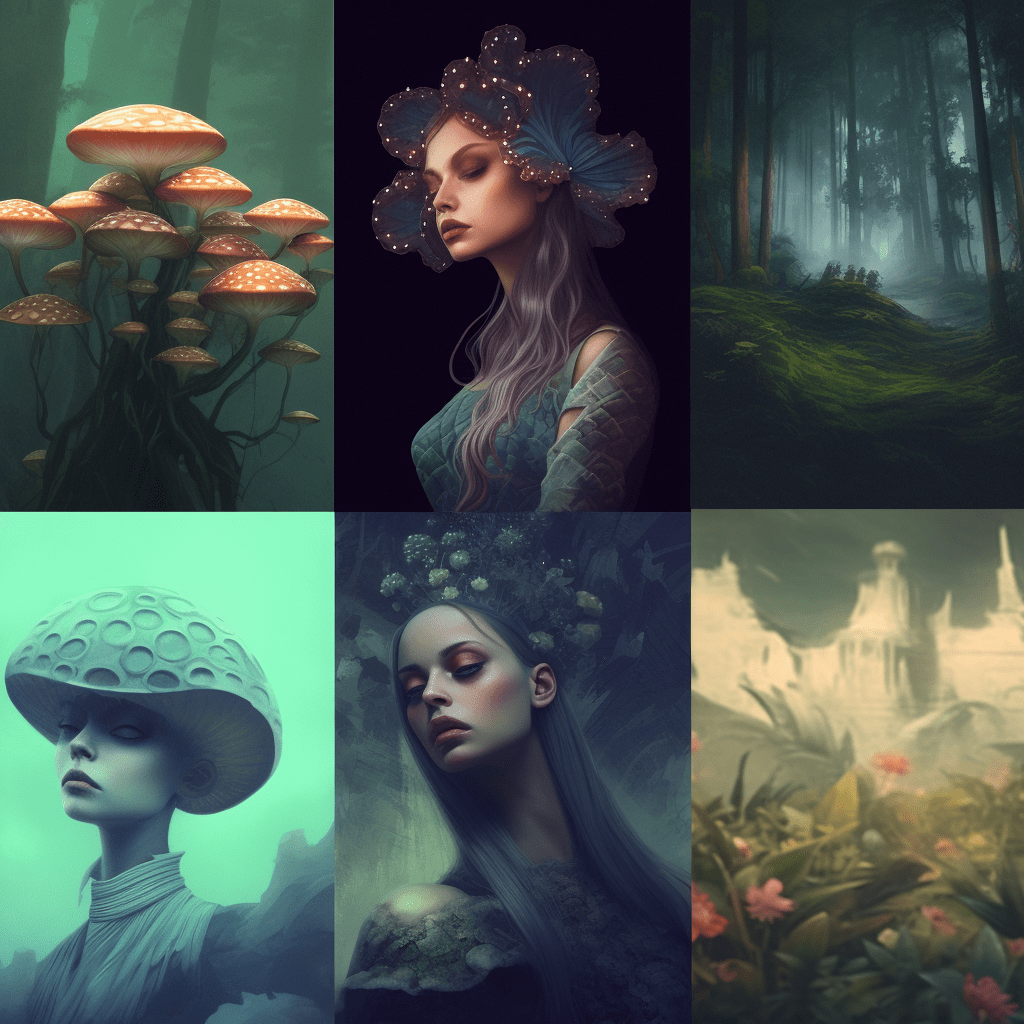
The Democratization of Art and Collectibles
In the traditional art and collectibles market, barriers to entry are high. Artists often struggle to find galleries willing to exhibit their work, while collectors may find it challenging to verify the authenticity of a piece, let alone trace its ownership history. NFTs are beginning to change this by providing a decentralized platform where artists can generate NFTs from their artwork and sell them directly to collectors.
For collectors, every NFT comes with proof of ownership recorded on the blockchain, making forgery a non-issue. For artists, the ability to generate NFTs easily and sell their art directly to a global audience not only means better reach but also higher returns as middlemen are cut out from the process.
New Value Propositions for Collectibles
The ability to generate NFTs is also changing the dynamics of the collectibles market. In the past, the value of collectibles such as trading cards or action figures was based on physical attributes like rarity, condition, and age. With NFTs, digital attributes and utilities can be added, providing new value propositions.
For example, ownership of a particular NFT could give access to exclusive content, virtual experiences, or even real-world benefits. This means collectors are no longer just purchasing an asset, but potentially an entire experience, expanding the traditional concept of collecting.
Broadening the Definition of Art
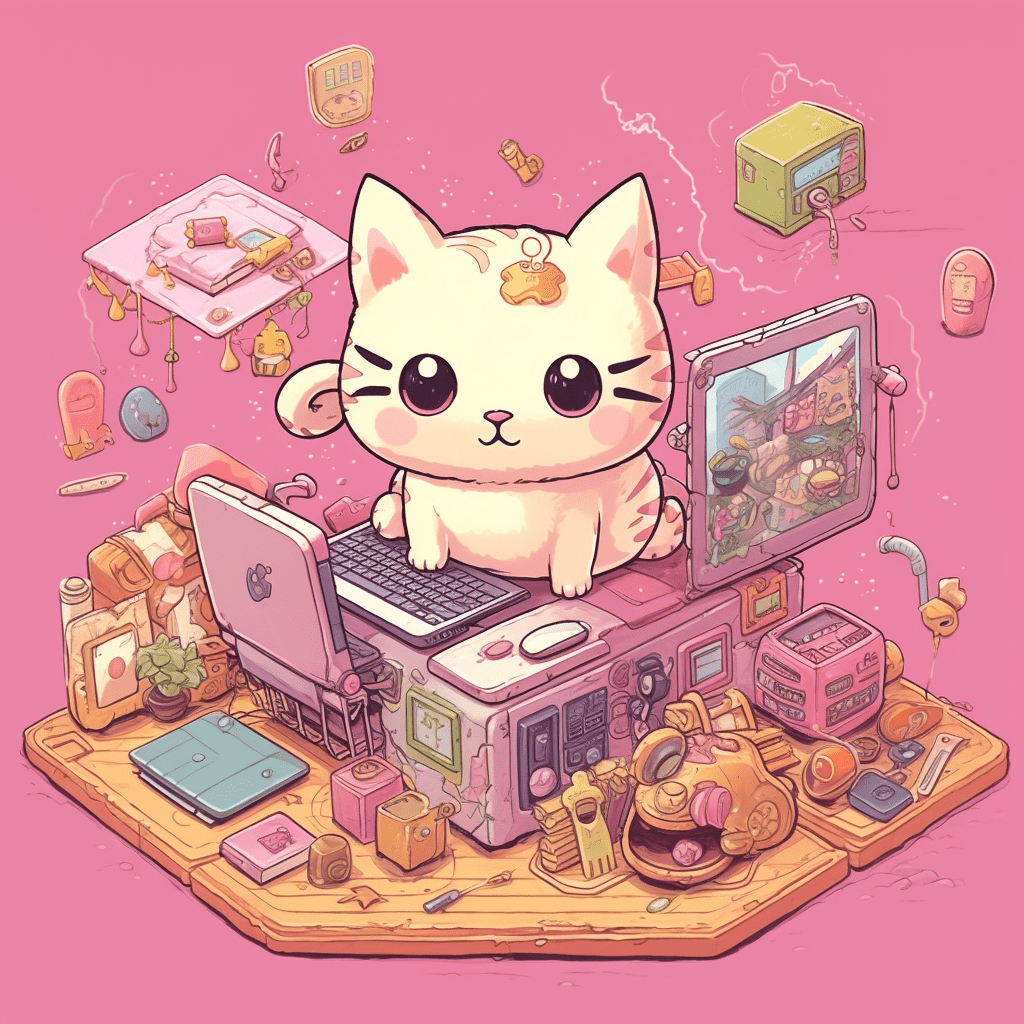
NFTs have opened the door to new forms of art. The ability to generate NFTs from virtually any digital creation—be it a piece of digital art, a tweet, or a virtual real estate—has broadened the definition of what can be considered art or a collectible.
As a result, we’re seeing a wave of innovation and experimentation within the art world. Artists are pushing the boundaries of creativity, mixing different mediums and incorporating interactivity into their work. Moreover, with the advent of virtual reality, the possibilities for what can be created and collected are virtually limitless.
The Environmental Impact of NFT Generation
It’s important to note that the process of generating NFTs is not without its controversies. One significant concern is the environmental impact of NFTs. The Ethereum network, which most NFTs are built on, currently uses a proof-of-work (PoW) consensus mechanism. This involves miners using powerful computers to solve complex mathematical problems, a process that consumes a significant amount of energy and contributes to carbon emissions.
Some artists and collectors have expressed concern about this environmental impact, leading to discussions about more sustainable alternatives. In response, Ethereum is working on transitioning to a proof-of-stake (PoS) consensus mechanism, which is expected to be significantly less energy-intensive. Several other blockchain platforms already using PoS or similar consensus mechanisms are also emerging as alternatives for NFT creation.
As the industry evolves, it’s likely that we’ll continue to see new solutions and improvements that address these environmental concerns, ensuring the sustainability of the NFT market in the long run.
NFTs and Intellectual Property Rights
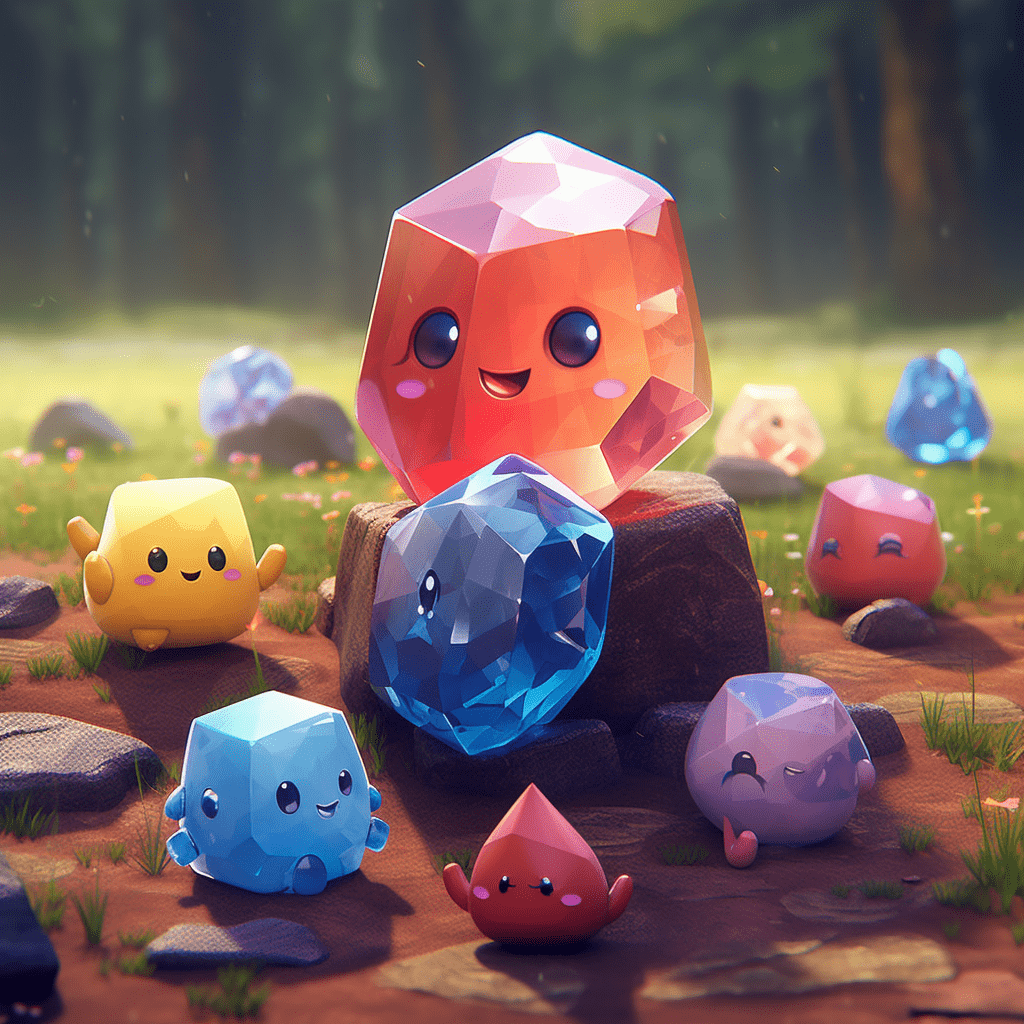
Another challenge faced by the art and collectibles market with the rise of NFTs is the issue of intellectual property rights. As artists generate NFTs from their
creations, the question of who owns the copyright and how it can be protected becomes critical. Some instances of plagiarism and unauthorized duplication of artworks have been reported in the NFT space.
As such, artists and platforms are exploring different mechanisms to protect the rights of creators, including digital watermarking, proof of creation, and integrating copyright laws into smart contracts. As with the environmental impact, the way this issue is resolved will play a significant role in shaping the future of the NFT market.
The Future of NFTs in the Art and Collectibles Market
The ability to generate NFTs has undoubtedly introduced a new dimension to the art and collectibles market. Despite the challenges, the benefits and opportunities NFTs provide for artists, collectors, and investors are clear. As the technology matures and these challenges are addressed, the impact of NFTs on the art and collectibles market is likely to become even more profound.
We are in the early stages of what is essentially a digital revolution in art and collectibles. As with any new technology, there will be trials and tribulations, but the overall trajectory seems clear: NFTs have established a firm place in the art and collectibles market, and they are here to stay.
Final Thoughts
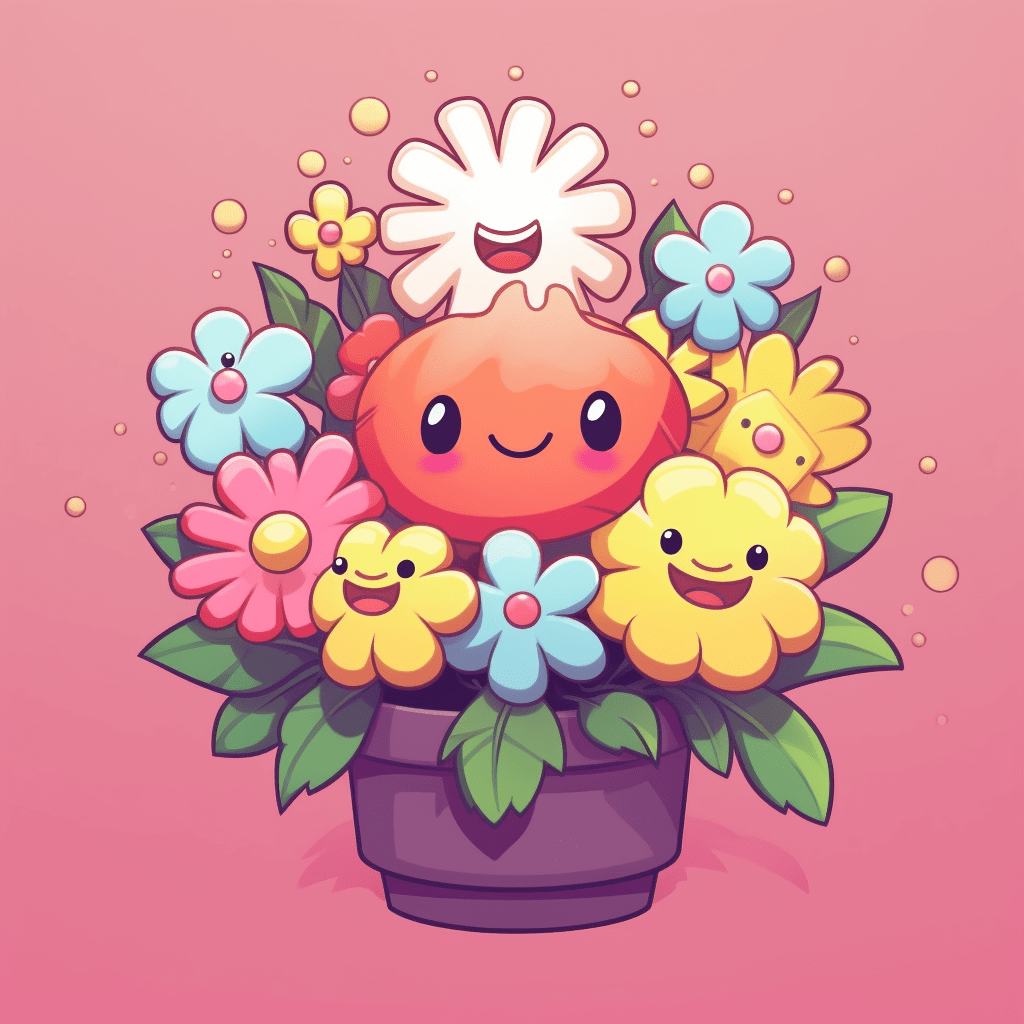
NFTs have disrupted the art and collectibles market in a way that no one could have predicted. The ability to generate NFTs has democratized art creation and collection, introduced new value propositions, and sparked innovation within the artistic community. Despite challenges like environmental impact and copyright issues, the benefits of NFTs far outweigh the negatives. The ongoing evolution of this technology promises an exciting future for the art and collectibles market.
